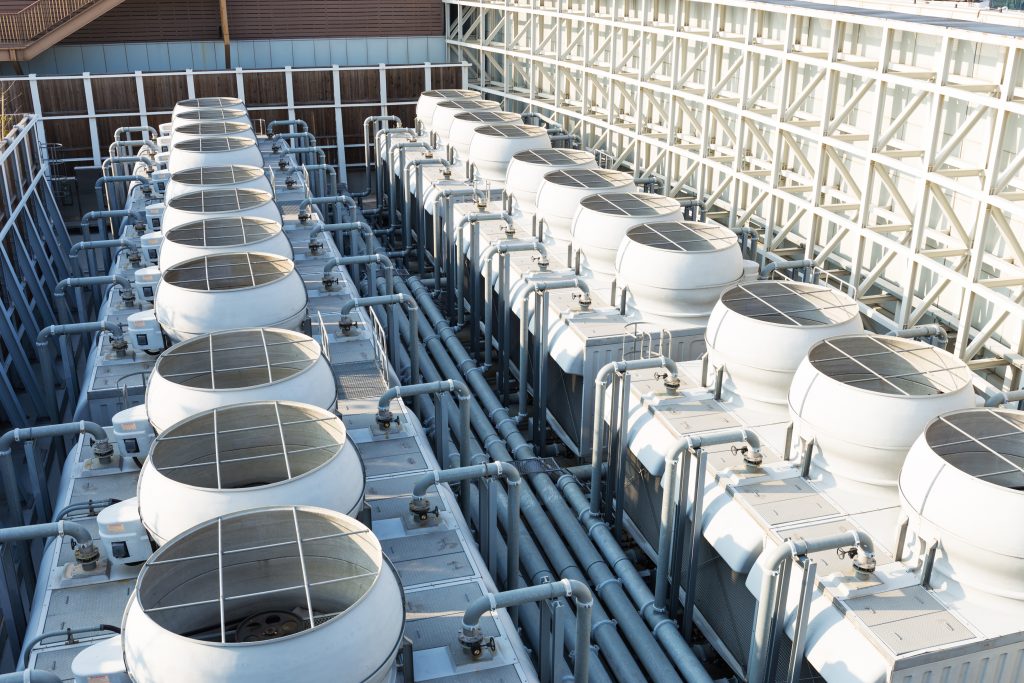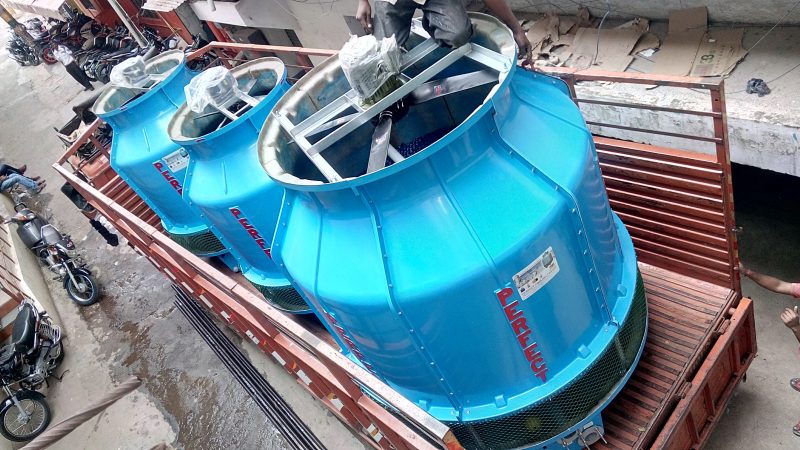Reasons Why Cooling Companies Are Beneficial – Read Here!
To maximize the benefits of the water-based cooling tower, it is necessary to select the appropriate tower size, requiring several critical factors to get identified. Cooling towers are a relatively inexpensive and efficient way to remove heat from a range of industrial processes which means including nuclear and thermal power plants, oil refineries, petrochemical plants, food processing plants, and HVAC systems. As the global market for these applications continues to grow, so does the need to address the issue: how big should a cooling tower be to handle a particular request efficiently?
On the technical side, cooling tower companies advise that insufficient tower cooling capacity can cause breakdowns or even severe damage to expensive process equipment, resulting in severe productivity losses. Yes, it is essential to decide the minimum size for most applications. Cooling towers are generally known to be able to remove “waste” heat from an industrial process or condenser
 Sizing of Cooling Towers
Sizing of Cooling Towers
A combination of four different metrics can be used to decide the optimal cooling tower size for most wet cooling tower applications: heat load, distance, approach, and wet bulb temperature. To understand how these factors affect the size of the cooling tower, it is necessary to give some context to the terms first. The air entering the cooling tower’s wet-bulb temperature (WBT) is an independent variable that is a fundamental factor in dictating a cooling tower’s appropriate size.
It includes both the theoretical limit to the temperature of exiting cooled water and the unique air parameter needed in the choice of the cooling tower. The highest expected WBT temperature is used for hot, humid climates when sizing a cooling tower. The thermal performance and activities of mechanical draft towers are hardly affected by relative humidity or the entering air’s dry-bulb temperature (accurate thermodynamic temperature).
The amount of mass airflow which is generated by fans for mechanical draft towers constitutes much of the tower’s hot-water-cooling capacity. Dry bulb temperature and relative humidity have a significant effect on natural draft towers performance, those without fans. The difference between the WBT and the temperature of the cooled water is called the heat of the approach (or only “approach”). Temperatures of the approach usually fall between 4 F. And for 20 F. The needed cooling tower size increases exponentially as the approach temperature drops. However, when approaching temperature is less than 5 F, many cooling tower manufacturers do not guarantee tower performance.
The difference between the hot water temperature of the tower (water leaving the hot machine) and the temperature of cold water is called the “range.” The range also influences the cooling tower size requirements along with WBT and approach. The heat charge varies with the scale and flow rate of GPM (gallons per minute). “When three of four size factors are kept constant, the cooling tower size requirement varies directly with heat load, but inversely with range, approach, and wet bulb temperature,” explained tower cooling companies. So, many design decisions can be made to affect the ultimate size of the cooling tower required.
Efficiency Matters
These companies add that it is essential for most applications to maintain cooling tower efficiency. In many cooling towers across the world, particularly the wet metal-clad models, when required aggressive chemical treatments are restricted due to the risk of damages that may occur to metal surfaces, the cooling efficiency is compromised. Chemicals such as those used to remove water from biological growth can also cause fouling buildup inside the building, which decreases the efficiency of cooling.
Another efficiency-related benefit of HDPE cooling towers is that they are corrosion-impervious. The corrosives present in saltwater air or many industrial sites ‘ caustic atmosphere continually attack metal-clad towers, enabling them to be less efficient and prone to maintenance and unplanned shutdowns. Because corrosives do not affect HDPE towers, they require little maintenance and provide a much longer service life. For example, various cooling tower companies have a 20-year warranty.
The tower footprint can also impact the performance of the cooling tower. Some companies choose to conserve on space a tower with a smaller footprint. “But this may require more power to drive the tower, and energy savings are high on the priorities of many companies. Therefore, in those cases, a cooling tower with a larger footprint could consume much less energy and would, therefore, be the more efficient choice.




